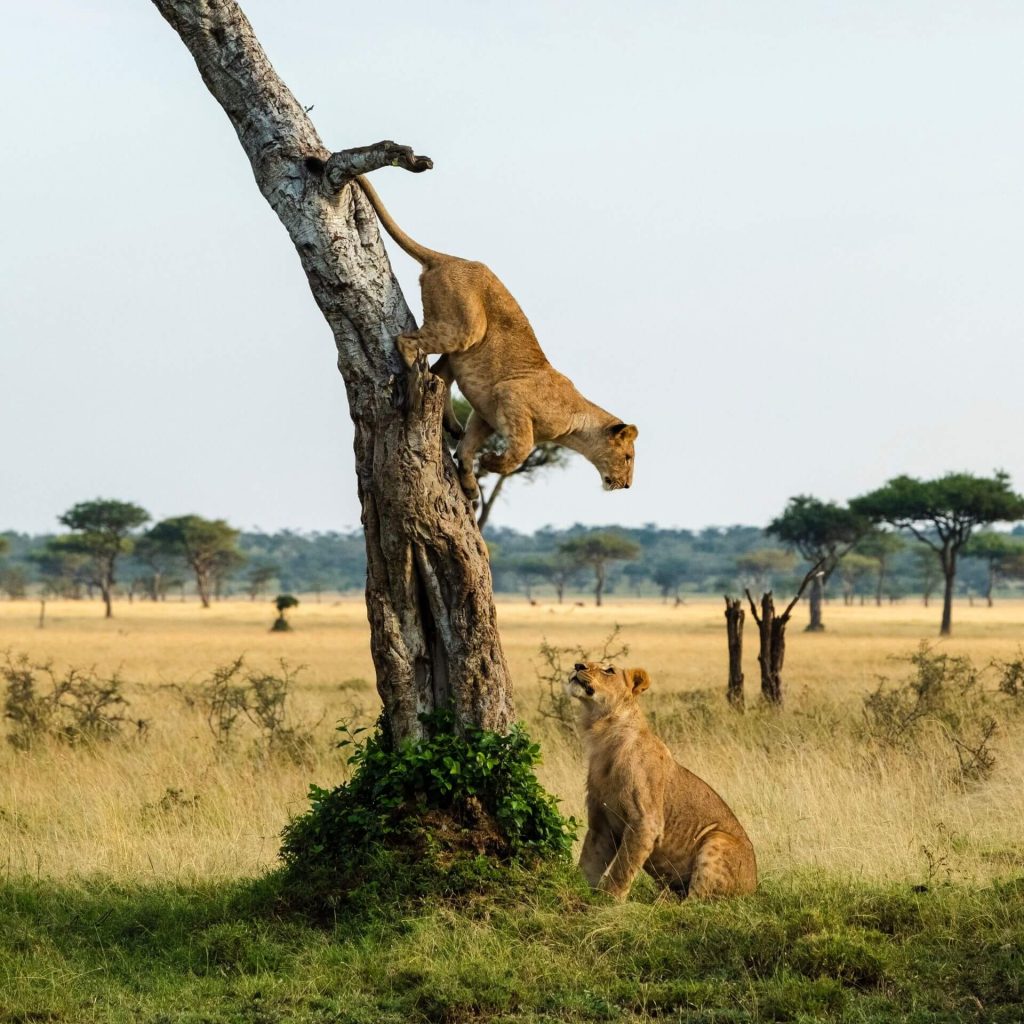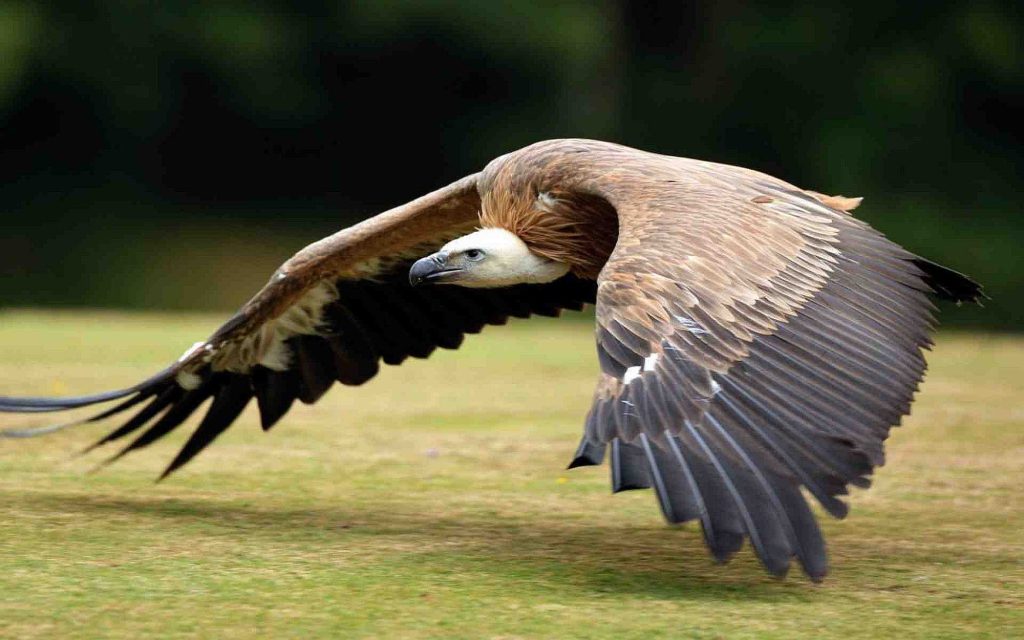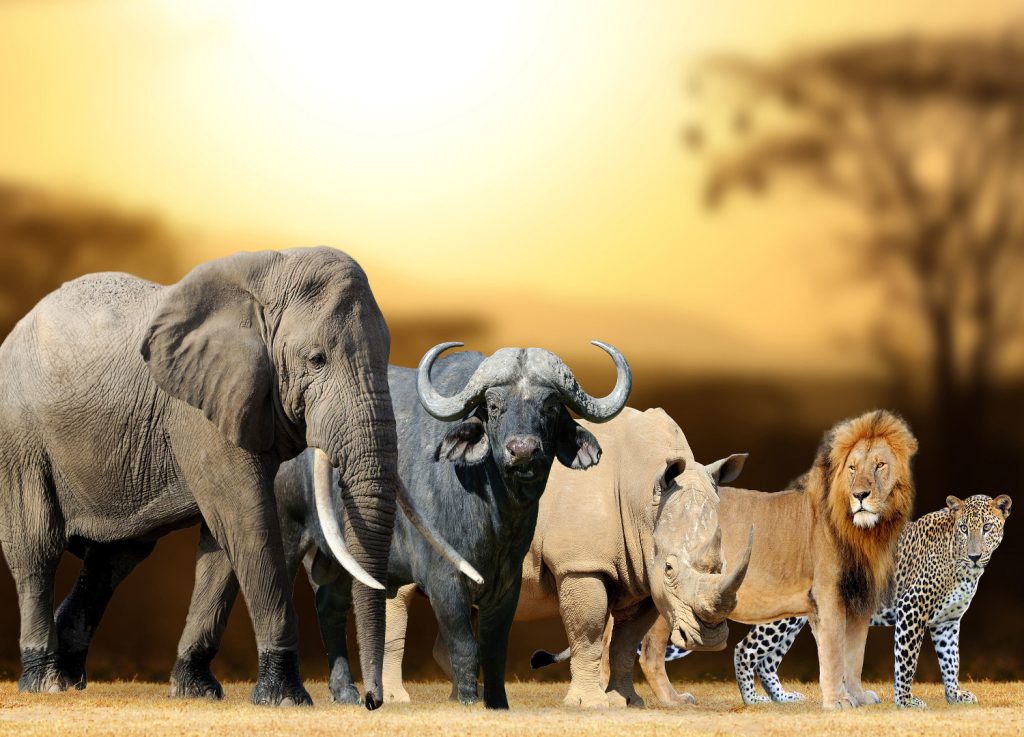Queen Elizabeth National Park, located in western Uganda, is one of the most diverse and scenic wildlife reserves in East Africa. It is named after Queen Elizabeth II and spans approximately 1,978 square kilometers. Here’s a comprehensive overview of Queen Elizabeth National Park, covering its location, geography, biodiversity, activities, conservation efforts, accessibility, and visitor experience:
Location and Geography:
- Location: Queen Elizabeth National Park is located in western Uganda, straddling the equator and spanning parts of the districts of Kasese, Kamwenge, Bushenyi, and Rukungiri.
- Geography: The park encompasses a diverse landscape that includes savannas, wetlands, lowland tropical forests, and volcanic features. It is bordered to the southwest by the Rwenzori Mountains and to the north by Lake George and Lake Edward, which are connected by the Kazinga Channel.

Conservation and Challenges:
- Conservation Efforts: Managed by the Uganda Wildlife Authority (UWA), conservation efforts focus on habitat protection, anti-poaching patrols, and community-based conservation initiatives.
- Challenges: Conservation challenges include human-wildlife conflict, habitat fragmentation, poaching, and the impact of climate change on biodiversity and ecosystems.
Accessibility:
- Road Access: Queen Elizabeth National Park is accessible by road from major towns such as Kasese and Kampala. The journey from Kampala takes approximately 5-6 hours by road.
- Airstrips: There are airstrips nearby for charter flights and scheduled flights from Entebbe International Airport to airstrips like Kasese and Mweya.

Biodiversity:
- Mammals: Queen Elizabeth National Park is home to a wide variety of wildlife, including:
- Big Five: African elephants, lions, leopards, Cape buffaloes, and Rothschild’s giraffes.
- Other Mammals: Uganda kob, waterbucks, warthogs, hippos, giant forest hogs, and various antelope species.
- Birds: The park boasts over 600 bird species, making it a premier birdwatching destination in Africa. Key species include the African fish eagle, shoebill stork, martial eagle, African skimmer, and numerous waterfowl and migratory birds.
Activities:
- Wildlife Viewing: Game drives through the park offer opportunities to spot a diverse array of wildlife, including the Big Five, antelopes, primates, and abundant birdlife.
- Boat Safaris: Boat cruises along the Kazinga Channel provide close-up views of hippos, crocodiles, and a variety of water birds, including the elusive shoebill stork.
- Chimpanzee Tracking: Guided walks in the Kyambura Gorge offer encounters with habituated chimpanzees, amidst lush tropical vegetation.
- Birdwatching: The park’s diverse habitats support a rich birdlife, attracting birdwatchers from around the world.
- Cultural Encounters: Nearby communities offer cultural experiences such as traditional dances, visits to local villages, and interactions with the Bakonzo and Basongora peoples.
Visitor Experience:
- Accommodations: The park offers a range of accommodations, including lodges, tented camps, and campsites, providing options for different budgets and preferences.
- Facilities: Visitor facilities include visitor centers, ranger stations, picnic sites, and well-maintained trails for hiking and wildlife viewing.
- Climate: Queen Elizabeth National Park experiences a tropical climate, with temperatures ranging from 17°C to 28°C. The rainy seasons are from March to May and September to November, with drier periods from December to February and June to August.
Queen Elizabeth National Park offers visitors an immersive wildlife experience amidst stunning landscapes, rich biodiversity, and cultural heritage. Whether exploring the savannas, cruising the Kazinga Channel, tracking chimpanzees, or birdwatching, the park provides unforgettable encounters with Africa’s wildlife and natural beauty, while contributing to conservation efforts to protect its unique ecosystems and species.

